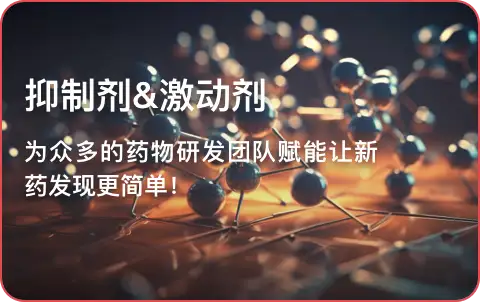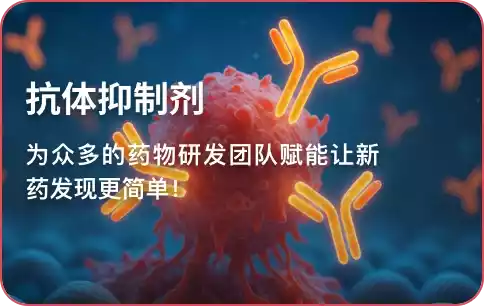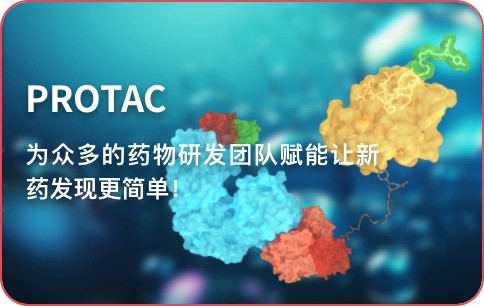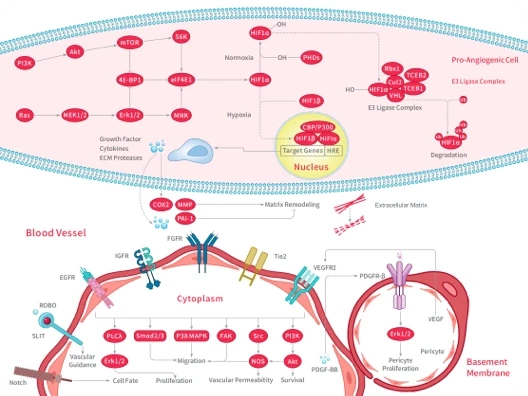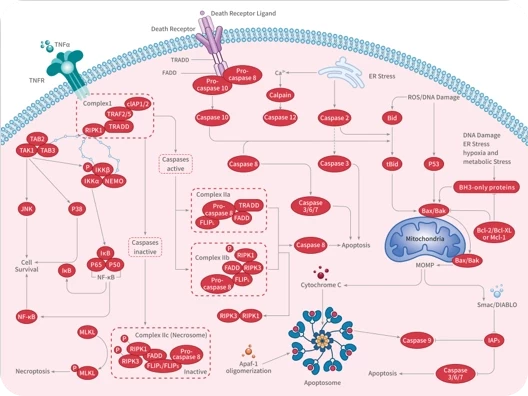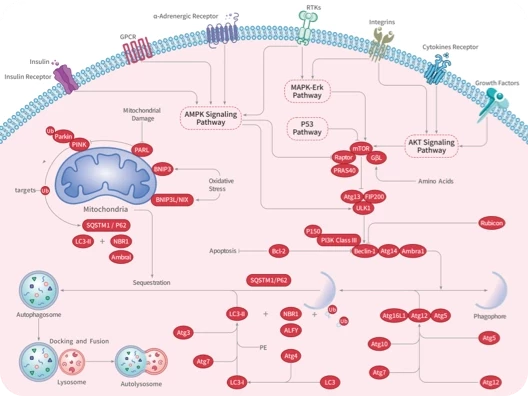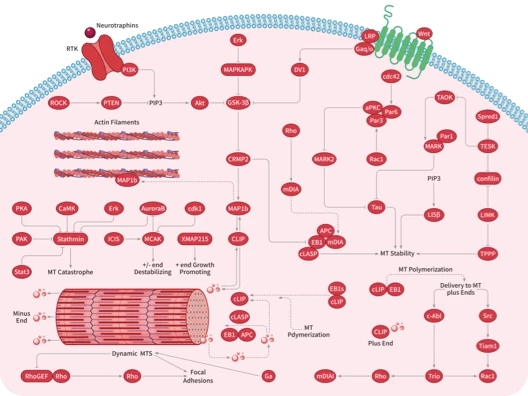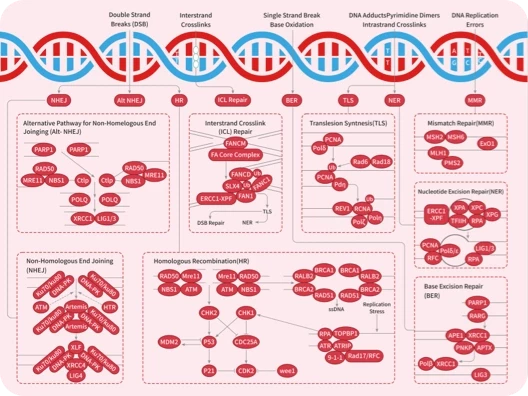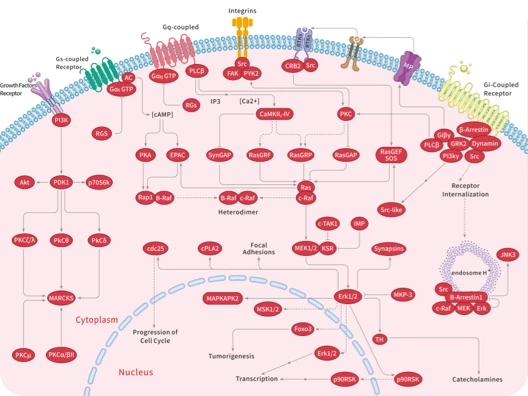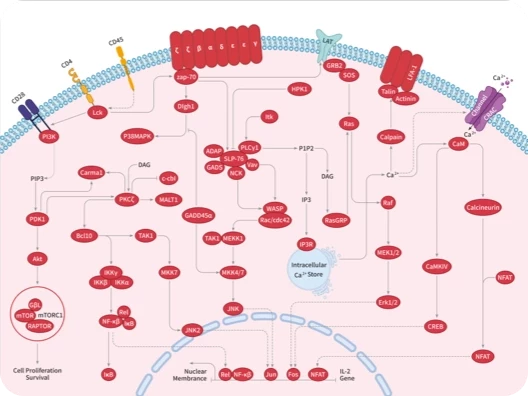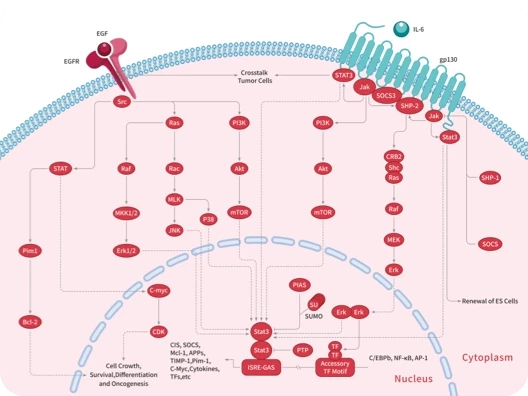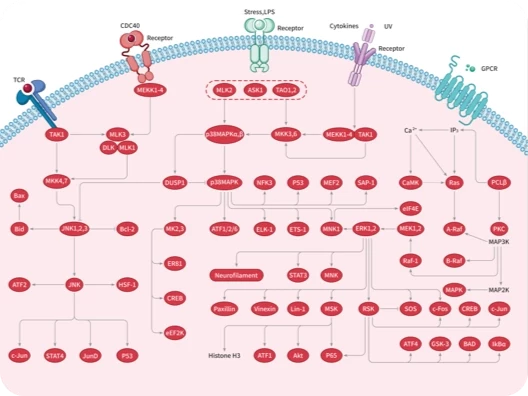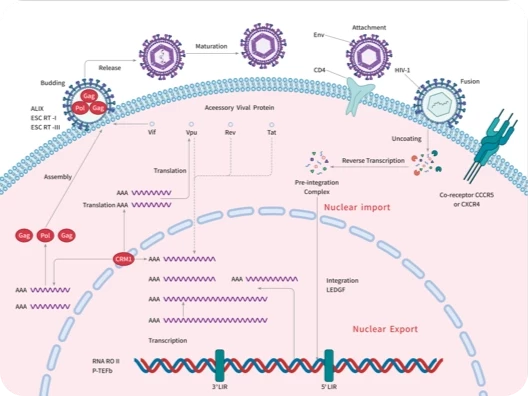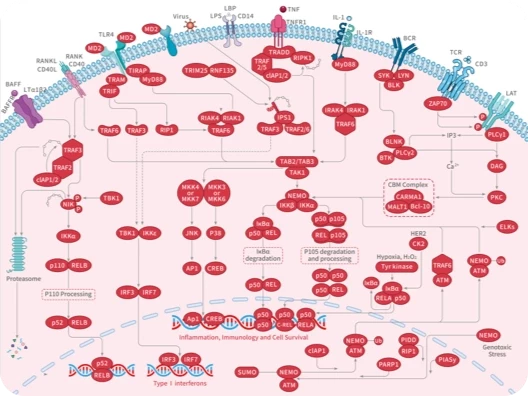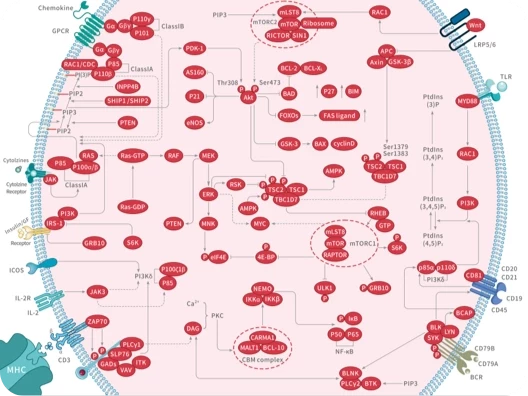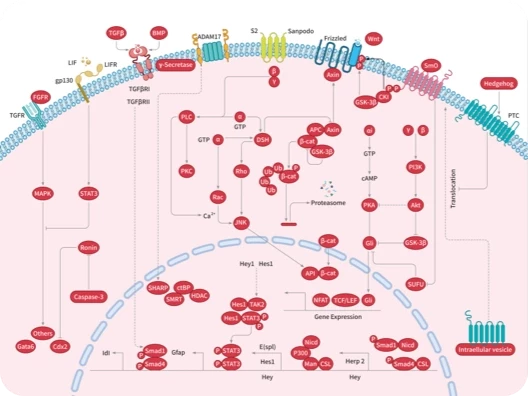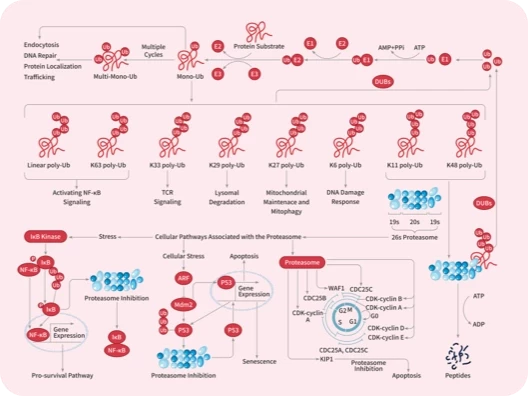- 全部删除
 您的购物车当前为空
您的购物车当前为空
Eotaxin/CCL11 Protein, Human, Recombinant (His)
CCL11 or chemokine (C-C motif) ligand 11 is a member of the chemokine (C-C motif) ligand family. Chemokin (C-C motif) ligand 11 is a member of the chemokine family. There are four members of the chemokine family: C-C kemokines, C kemokines, CXC kemokines and CX3C kemokines. The C-C kemokines have two cysteines nearby the amino terminus. There have been at least 27 distinct members of this subgroup reported for mammals, called C-C chemokine ligands (CCL)-1 to 28. Chemokines are a family of small chemotactic cytokines, or proteins secreted by cells. They share the same structure similarities such as small size, and the presence of four cysteine residues in conserved locations in order to form their 3-dimensional shape. Some of the chemokines are considered pro-inflammatory which can be induced to recruit cells of the immune system to a site of infection during an immune response, while others are considered homeostatic and are implied in controlling the migration of cells during normal processes of tissue maintenance and development. CCL11 is implicated in allergic responses through selectively recruiting eosinophils by inducing their chemotaxis. The effects of CCL11 are mediated by its binding to chemokine receptor. Increased CCL11 levels in blood plasma are associated with aging in mice.
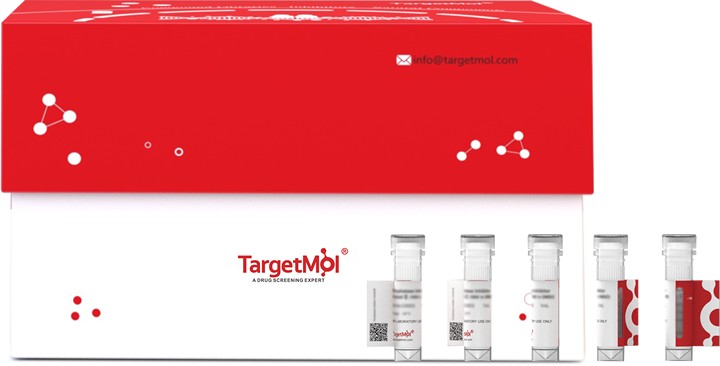
Eotaxin/CCL11 Protein, Human, Recombinant (His)
| 规格 | 价格 | 库存 | 数量 |
|---|---|---|---|
| 50 μg | ¥ 1,950 | In stock | |
| 1 mg | ¥ 22,400 | 5日内发货 |
产品信息
| 生物活性 | Activity testing is in progress. It is theoretically active, but we cannot guarantee it. If you require protein activity, we recommend choosing the eukaryotic expression version first. |
| 产品描述 | CCL11 or chemokine (C-C motif) ligand 11 is a member of the chemokine (C-C motif) ligand family. Chemokin (C-C motif) ligand 11 is a member of the chemokine family. There are four members of the chemokine family: C-C kemokines, C kemokines, CXC kemokines and CX3C kemokines. The C-C kemokines have two cysteines nearby the amino terminus. There have been at least 27 distinct members of this subgroup reported for mammals, called C-C chemokine ligands (CCL)-1 to 28. Chemokines are a family of small chemotactic cytokines, or proteins secreted by cells. They share the same structure similarities such as small size, and the presence of four cysteine residues in conserved locations in order to form their 3-dimensional shape. Some of the chemokines are considered pro-inflammatory which can be induced to recruit cells of the immune system to a site of infection during an immune response, while others are considered homeostatic and are implied in controlling the migration of cells during normal processes of tissue maintenance and development. CCL11 is implicated in allergic responses through selectively recruiting eosinophils by inducing their chemotaxis. The effects of CCL11 are mediated by its binding to chemokine receptor. Increased CCL11 levels in blood plasma are associated with aging in mice. |
| 种属 | Human |
| 表达系统 | E. coli |
| 标签 | N-His |
| 蛋白编号 | P51671 |
| 别名 | SCYA11,chemokine (C-C motif) ligand 11 |
| 蛋白构建 | A DNA sequence encoding the human CCL11 (P51671) (Gly 24-Pro 97) was expressed, with a polyhistide tag at the N-terminus. Predicted N terminal: Met |
| 蛋白纯度 | > 97 % as determined by SDS-PAGE |
| 分子量 | 10.8 kDa (predicted); 14 kDa (reducing conditions) |
| 内毒素 | Please contact us for more information. |
| 缓冲液 | Lyophilized from a solution filtered through a 0.22 μm filter, containing PBS, 10% glycerol, pH 7.5. Typically, a mixture containing 5% to 8% trehalose, mannitol, and 0.01% Tween 80 is incorporated as a protective agent before lyophilization. |
| 复溶方法 | A Certificate of Analysis (CoA) containing reconstitution instructions is included with the products. Please refer to the CoA for detailed information. |
| 存储 | It is recommended to store recombinant proteins at -20°C to -80°C for future use. Lyophilized powders can be stably stored for over 12 months, while liquid products can be stored for 6-12 months at -80°C. For reconstituted protein solutions, the solution can be stored at -20°C to -80°C for at least 3 months. Please avoid multiple freeze-thaw cycles and store products in aliquots. |
| 运输方式 | In general, Lyophilized powders are shipping with blue ice. |
| 研究背景 | CCL11 or chemokine (C-C motif) ligand 11 is a member of the chemokine (C-C motif) ligand family. Chemokin (C-C motif) ligand 11 is a member of the chemokine family. There are four members of the chemokine family: C-C kemokines, C kemokines, CXC kemokines and CX3C kemokines. The C-C kemokines have two cysteines nearby the amino terminus. There have been at least 27 distinct members of this subgroup reported for mammals, called C-C chemokine ligands (CCL)-1 to 28. Chemokines are a family of small chemotactic cytokines, or proteins secreted by cells. They share the same structure similarities such as small size, and the presence of four cysteine residues in conserved locations in order to form their 3-dimensional shape. Some of the chemokines are considered pro-inflammatory which can be induced to recruit cells of the immune system to a site of infection during an immune response, while others are considered homeostatic and are implied in controlling the migration of cells during normal processes of tissue maintenance and development. CCL11 is implicated in allergic responses through selectively recruiting eosinophils by inducing their chemotaxis. The effects of CCL11 are mediated by its binding to chemokine receptor. Increased CCL11 levels in blood plasma are associated with aging in mice. |



